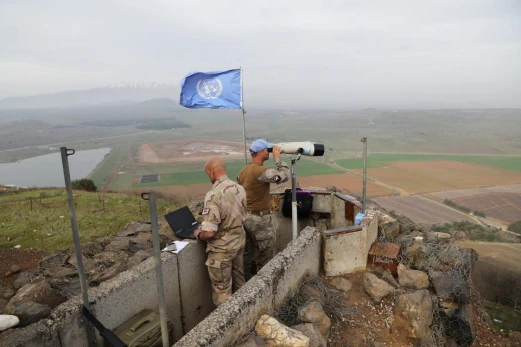"Fact" daily writes:
Although the rate of economic growth in Armenia still continues with inertia, it is necessary to take into account the many risk factors, under the influence of which the economic growth of our country may not only decrease significantly, but also turn into a recession.
And the primary risk factors are the international economic movements related to the ongoing war in Ukraine and the sanctions imposed on Russia by the bloc of Western countries.
And the main trading partner of Armenia is Russia, and if certain shocks were recorded in the Russian market, they will affect our economy as well.
Another important risk factor is due to regional processes. The possible threat of escalation in the South Caucasus still hangs in the air. Inefficient management is also a serious economic problem for Armenia.
Although during the past two years, our country has managed to register a very high economic growth, but this growth has not been transformed into economic potential.
However, instead of making economic injections in various branches of the economy, the RA authorities spend large amounts of money for such purposes, which are not only inappropriate from the point of view of economic results, but are also a burden for the state.
In parallel with all this, a short-sighted fiscal policy is pursued, when the state, while not creating favorable conditions for business activity, constantly increases bureaucracy and administration.
On the other hand, those in charge of the economic sphere are thinking day and night about what new type of tax to tax the economic operators.
Big business can still withstand the pressure, but many small businesses may simply become uncompetitive over time and drop out of the market in the absence of development incentives.
Economists are also criticizing the Central Bank's efforts to ensure balanced prices and financial stability.
A few days ago, the Central Bank reduced the refinancing rate by 0.25 percentage points, setting it at 7.25%. This is the 7th reduction of the key rate this year.
Thus, Armenia has the lowest interest rate in the region. And the Central Bank also conditions such a move with the fact that inflation in Armenia shows a tendency to decrease.
However, while the refinancing rate in Armenia is being lowered, the main trading partner, the Central Bank of Russia, is raising the refinancing rate from 19 to 21 percent.
This is the highest indicator in the last 20 years, as a result of which it is expected that loans in that country will become more expensive for businessmen and consumers. This, in turn, can reduce economic activity and, on the other hand, curb inflation.
Real inflation and ruble depreciation have created a difficult economic situation in Russia, and the financial regulator is trying hard to solve the problem.
But a number of economists see risks for Armenian exporters in case of excessively low inflation and dram devaluation in Armenia, and on the other hand, ruble devaluation and high inflation in Russia.
In terms of interest rates, the Central Bank of Armenia should create a certain security cushion so that the processes take place smoothly, instead of sharply raising the refinancing interest rates even now in the case of inflationary pressure caused by external factors.
ARSEN SAHAKYAN


























